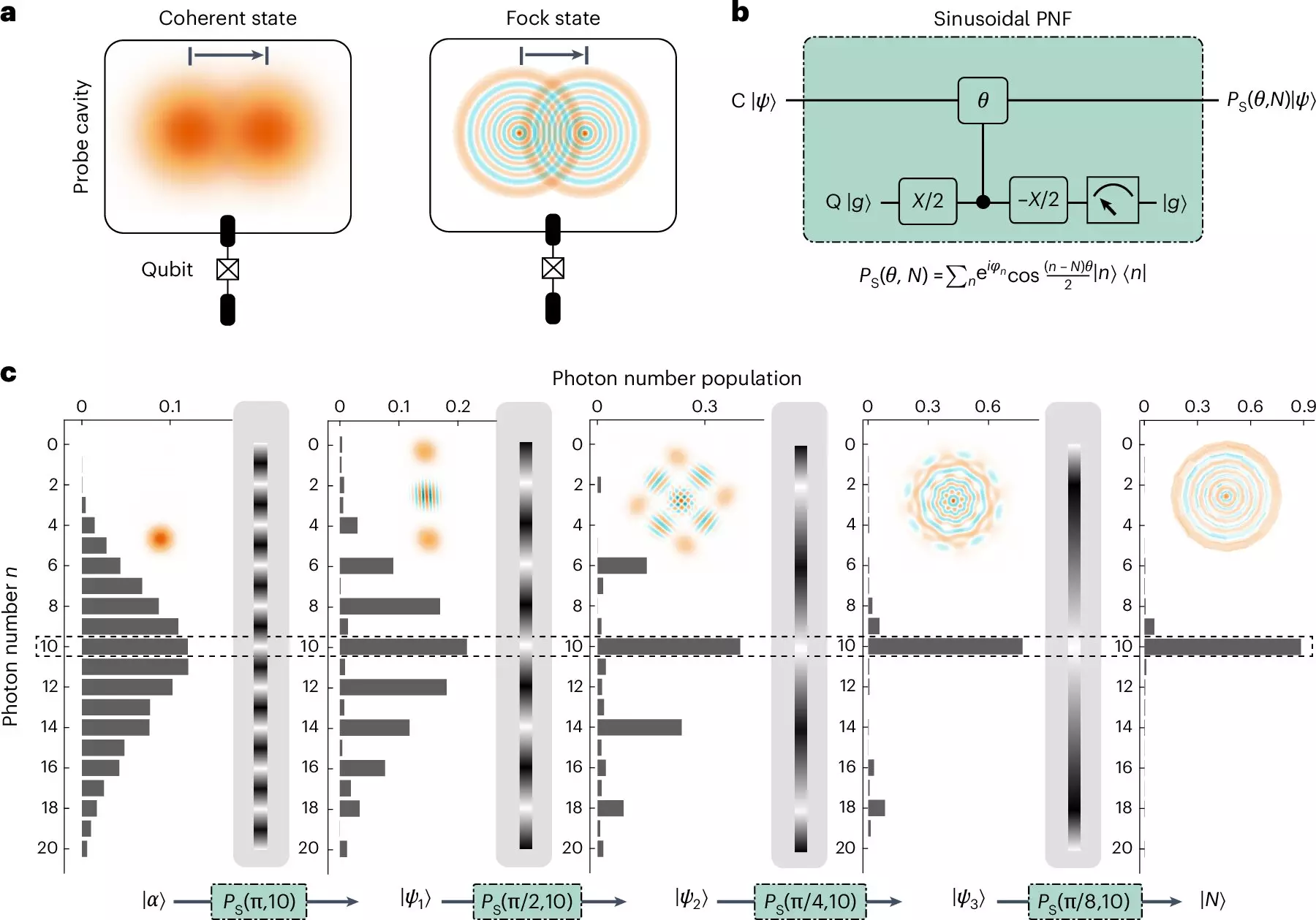Precision in measurement is the cornerstone of scientific inquiry and technological innovation. From the realms of physics to engineering, acquiring accurate data allows researchers to delve deeper into the mysteries of the universe, validate theoretical frameworks, and develop new technologies. High-precision measurements open avenues for exploring quantum phenomena and contribute to the emergence of new principles and discoveries. In this context, the field of quantum-enhanced metrology stands at the forefront of research initiatives aimed at revolutionizing our understanding of measurement techniques.
Recent breakthroughs in quantum metrology promise to elevate the quality of data collection beyond the capacity of classical methods. By harnessing the unusual properties of quantum systems, particularly those utilizing non-classical states, researchers seek to achieve unprecedented levels of measurement accuracy. However, the manipulation of these non-classical states has posed significant challenges until now. A recent study conducted by a collaborative team from the International Quantum Academy, Southern University of Science and Technology, and the University of Science and Technology of China makes headway in this complex field.
The researchers recently published their findings in *Nature Physics*, detailing a novel approach to generating and manipulating large Fock states — a specific type of quantum state — that comprises nearly 100 photons. The implications of their work could reshape our understanding of metrology, potentially leading to highly sensitive measurements in various applications, including microwave engineering and quantum optics.
Yuan Xu, one of the co-authors of the paper, emphasized the role of microwave Fock states in their experiments, pointing out their capacity to exhibit intricate interference patterns within the phase space. These phases are highly sensitive to external influences, which allows for the detection of minute shifts caused by weak microwave fields. Essentially, as the number of photons in a Fock state increases, so does the precision of the associated interference fringes. This intricate relationship lays the foundation for the development of a highly effective metrological technique.
The researchers adopted a two-pronged strategy that involved innovative photon number filters to generate these high photon count states. By employing sinusoidal and Gaussian photon number filters, they were able to selectively manipulate photon counts using an ancilla qubit, effectively enhancing their ability to generate significant photon numbers. This dual-filter method differentiates their approach from previous strategies by scaling logarithmically rather than polynomially, making it significantly more efficient.
A key advantage of this new quantum-enhanced strategy is its efficiency and practicality in terms of hardware utilization. The focus on generating substantial Fock states without disproportionate resource demands not only makes this technique accessible but also paves the way for real-world applications in quantum metrology. The findings also highlight an impressive scaling capability that allows researchers to extend the methodology to various physical platforms, including mechanical and optical systems.
In their experiments, the researchers achieved a metrological gain of 14.8 dB, pushing the boundaries of measurement resolution to levels approaching the Heisenberg limit. This feat not only signifies a new record in Fock state generation but also exemplifies the transformational potential of quantum-enhanced techniques in precision measurement. Such advances could have profound implications in fields ranging from astrophysics to advanced material science.
The far-reaching implications of this research suggest that fundamental investigations into quantum effects will benefit from the established methodologies of high-precision measurement. Xu pointed out that this research not only reinforces theoretical predictions within quantum mechanics but also offers practical applications that could revolutionize sectors like radiometry and force detection—vital components in the search for dark matter and exploring unexplained phenomena.
As the researchers plan their future work, they are keen on enhancing the coherence of their quantum systems, as well as developing scalable techniques for generating Fock states with even greater photon counts. The ambition behind this ongoing research resonates with the larger aspirations of the scientific community to probe deeper into the laws of nature under more precise conditions.
This innovative approach to quantum-enhanced metrology marks a significant step forward in the quest for high-precision measurements. By generating large Fock states and enhancing measurement techniques through quantum principles, researchers are not just expanding the frontiers of science but are also laying down the framework for technological breakthroughs that could fundamentally alter our understanding of the universe and its myriad complexities. With the promise of continual refinement and exploration, the future of quantum metrology holds vast potential for groundbreaking discoveries across multiple scientific disciplines.



Leave a Reply